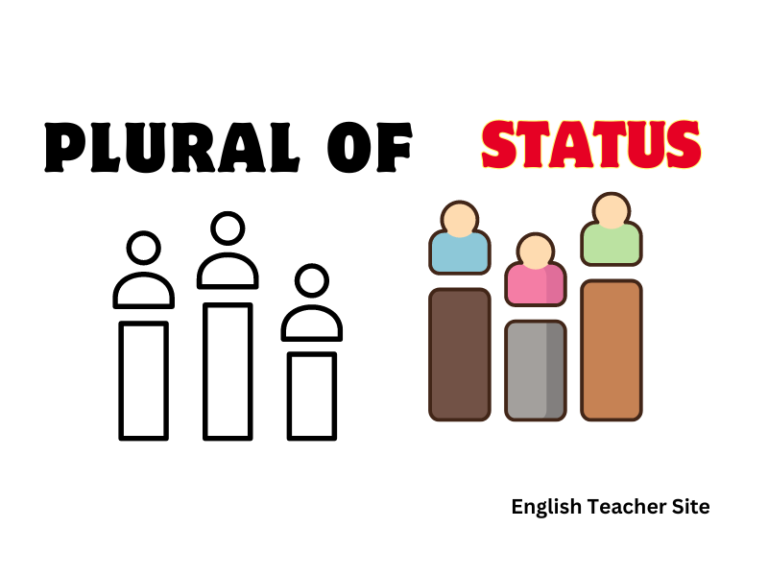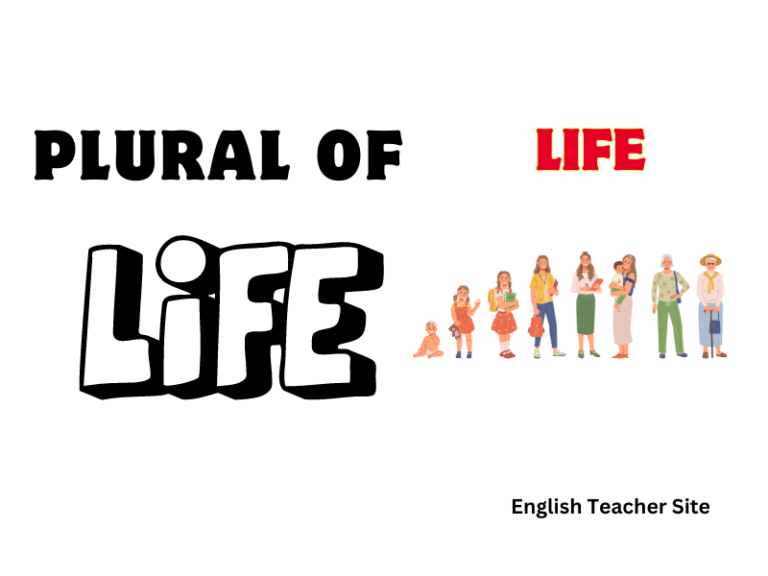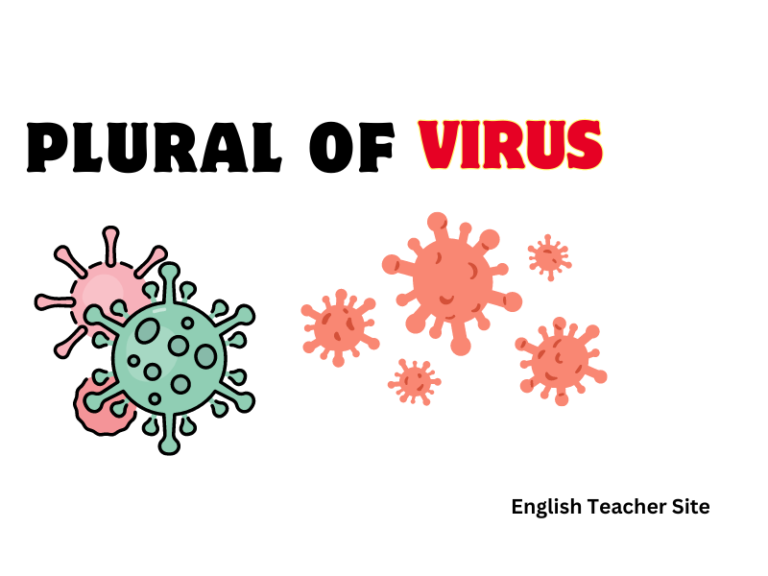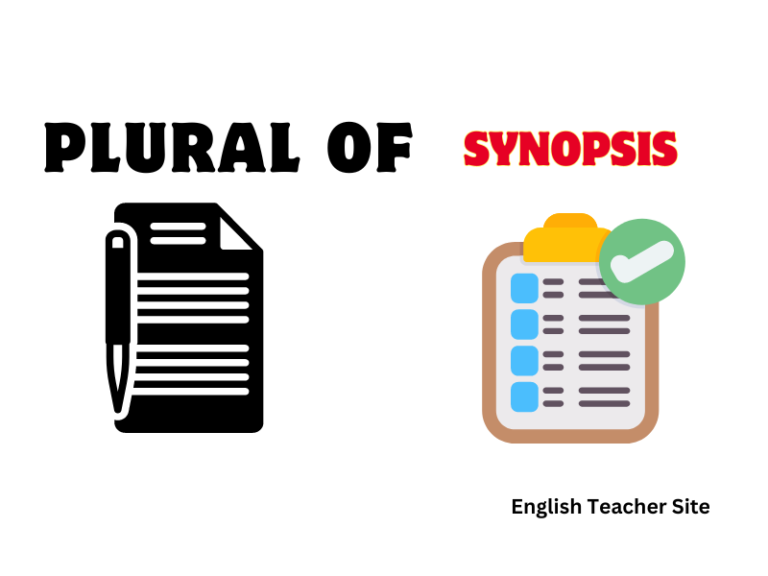No One vs. Noone: Understanding the Correct Usage
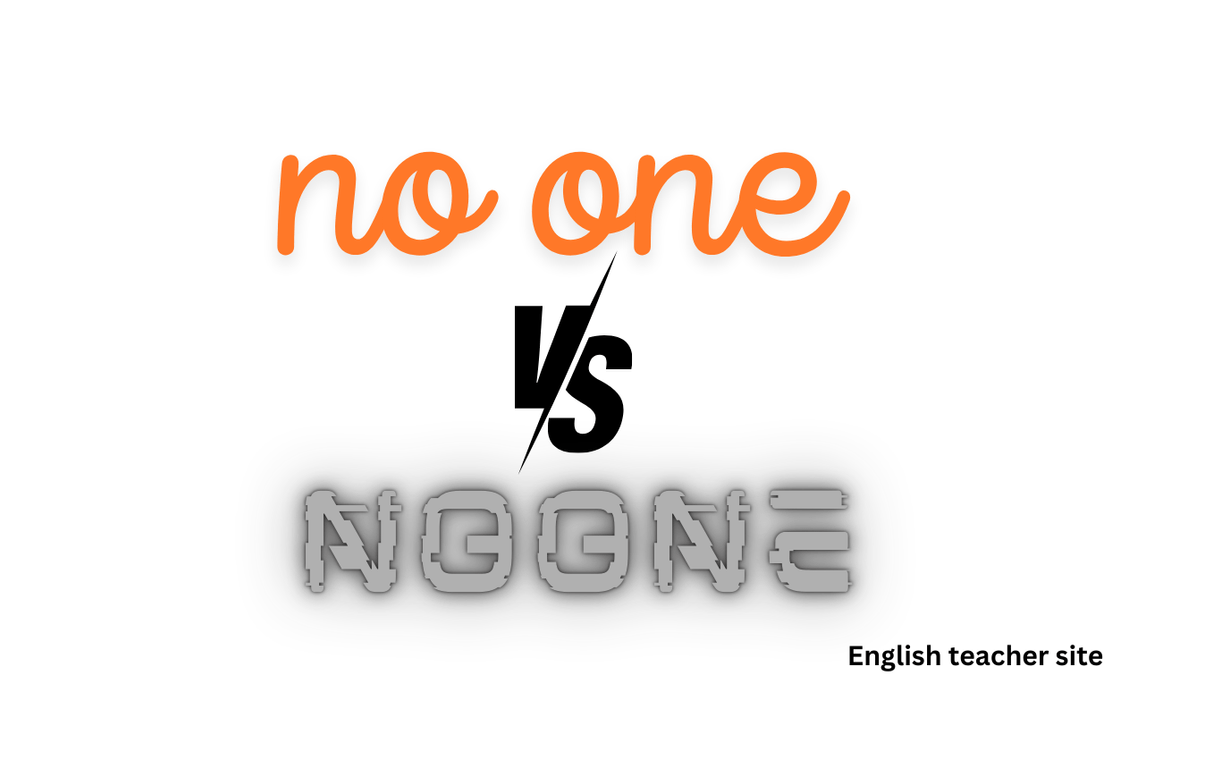
- ‘No one‘ is the correct spelling, while ‘noone’ is not acceptable.
- ‘No one‘ functions as an indefinite pronoun in a sentence.
- Understanding the correct usage of ‘no one’ enhances clarity in English.
Many learners of English grapple with the proper usage of ‘no one’ in sentences, and it’s important to note that this term is always used as an indefinite pronoun. It is subject to the same grammatical rules that govern other pronouns, meaning that it agrees with singular verbs despite often referring to a plurality concept, that is, nobody at all. Enhancing clarity in communication, the accurate use of ‘no one’ cements one’s mastery of English.
How to use no one in a sentence?
In the case of expressing the absence of any person, the term no one is used. It is always written as two words, which is the standard and accepted spelling.
Examples of correct usage:
- No one knows where the treasure is buried.
- She checked the meeting room, but no one was there.
Incorrect variations such as “noone” or “no-one” may arise, but they are not standard English. The hyphenated form is a less common variant and is generally not used in formal writing.
Common Mistakes:
| Incorrect | Correct |
|---|---|
| Noone has seen him. | No one has seen him. |
| I invited no-one. | I invited no one. |
Misunderstandings can also occur with the usage of no one in negative statements, which can inadvertently create a double negative.
Examples to Avoid Double Negatives:
- Incorrect: No one didn’t like the movie. (implies everyone liked the movie)
- Correct: No one liked the movie.
To summarize the use of no one, remember:
- Write it as two separate words.
- Avoid creating double negatives.
Finally, for clarity and correctness, use no one confidently to refer to the lack of any person in various contexts.
Meaning, Definition
No one functions as an indefinite pronoun, signifying the absence of people in a particular context. It is equated with nobody, and both effectively communicate the negative statement that not a single person is involved or present.
- Use: No one knew the answer to the question.
Grammatical Rules
As an indefinite pronoun, no one consistently takes a singular verb form, aligning with the rules of English grammar that demand subject-verb agreement.
- Example: No one is attending the meeting.
Spelling Variations and Acceptability
No one can occasionally appear with a hyphen (no-one), especially in British English, although the unhyphenated form is most commonly accepted in both US and UK spellings. The use of “noone” is considered a spelling error and is not acceptable.
- Preferred: No one
- Alternative (less common): No-one
- Error: Noone
Common Mistakes to Avoid
The most frequent mistake is spelling no one as one word, which is a significant spelling mistake and should be avoided. The hyphenated version is less of an error but still less preferred than the two-word variant.
- Misspelling: Noone (incorrect)
- Less Common Variant: No-one (less accepted)
No One in Literature and Media
In literature and media, no one is used as both a statement of singularity and absence, creating powerful moments that emphasize solitude or exclusion.
- Example: The phrase “no one hears” can imply a deep sense of isolation.
Global Perspective on ‘No One’ Usage
Grammarians and language articles across the world debate the distinction between no one and no-one. The nonstandard use of “noone” is universally seen as incorrect, emphasizing the importance of understanding regional variations in language use.
- North America: No one
- UK (less commonly): No-one
Pronunciation and Phonetics
The pronunciation of no one avoids potential ambiguity by clearly separating the two phonemes. This distinction is necessary due to the alternative “noone” potentially being mistaken for “noon,” a term related to a time of day.
| Phoneme | Word | Pronunciation |
|---|---|---|
| No one | No one | /ˈnoʊ wʌn/ |
| Noon | Noon | /nuːn/ |
- no one or no-one communicates the absence of any person, aligning closely with none, nobody, everyone, and someone.
- No one should be used with a singular verb to maintain proper grammar and avoid a double negative.
- The correct spelling without the hyphen is consistent across most grammar and language articles, such as those from Grammarly.
- Popular in usage yet commonly confused, no one sees its share of errors, primarily when misspelled as “noone,” emphasizing the need to remember the correct spelling.
- The meaning and definition of no one resonate well in North America and the UK, albeit with slight variation in spelling acceptability.
- Scholars and grammarians stress the importance of using standard forms to reduce ambiguity in both written and spoken English.
Source
My name is Khamis Maiouf. I am the creator of the English Teacher Site, dedicated to providing valuable resources and insights for students around the world. With a passion for education and a commitment to helping students enhance their skills, I aim to make English teaching more effective and enjoyable for both educators and students.

